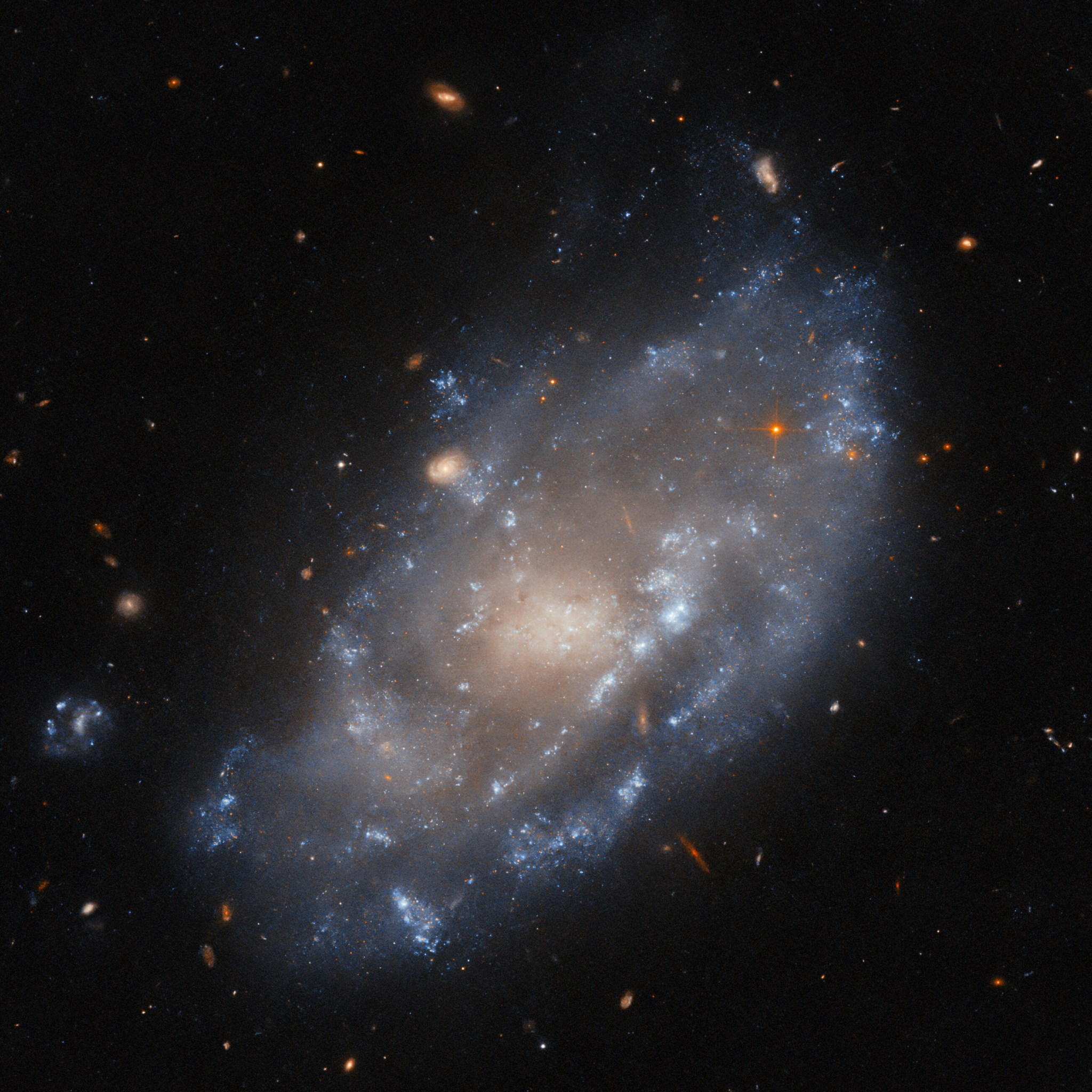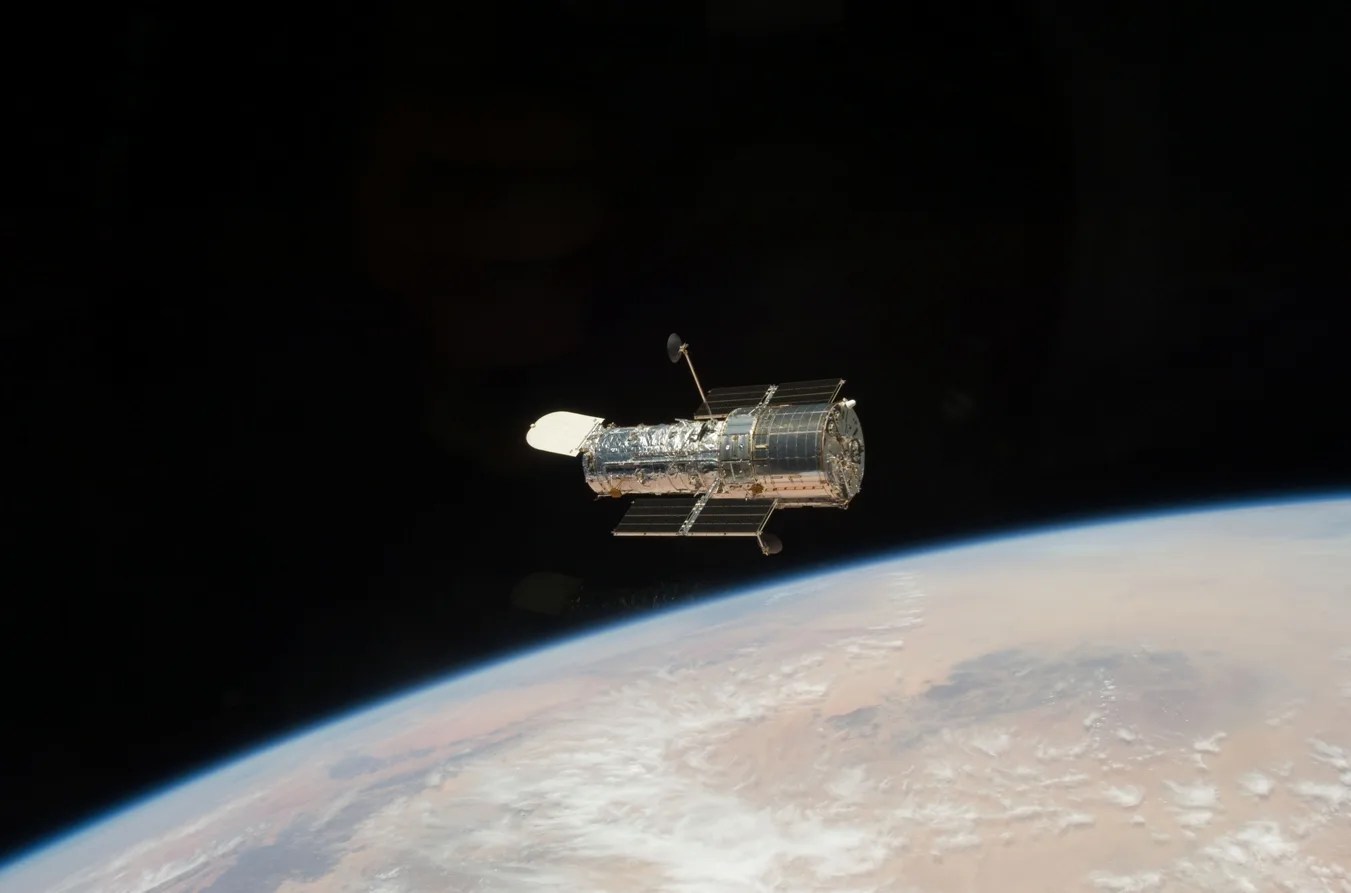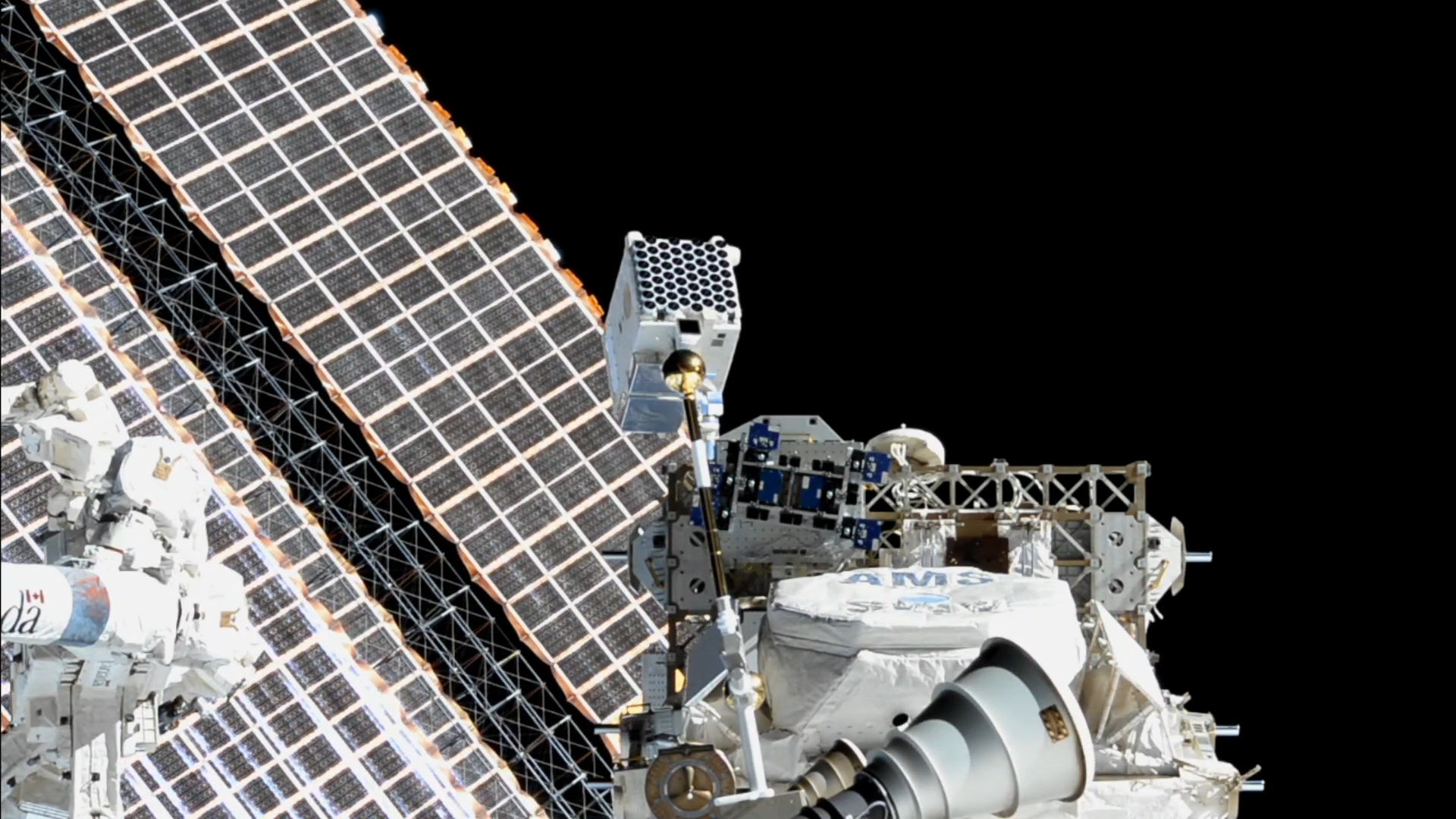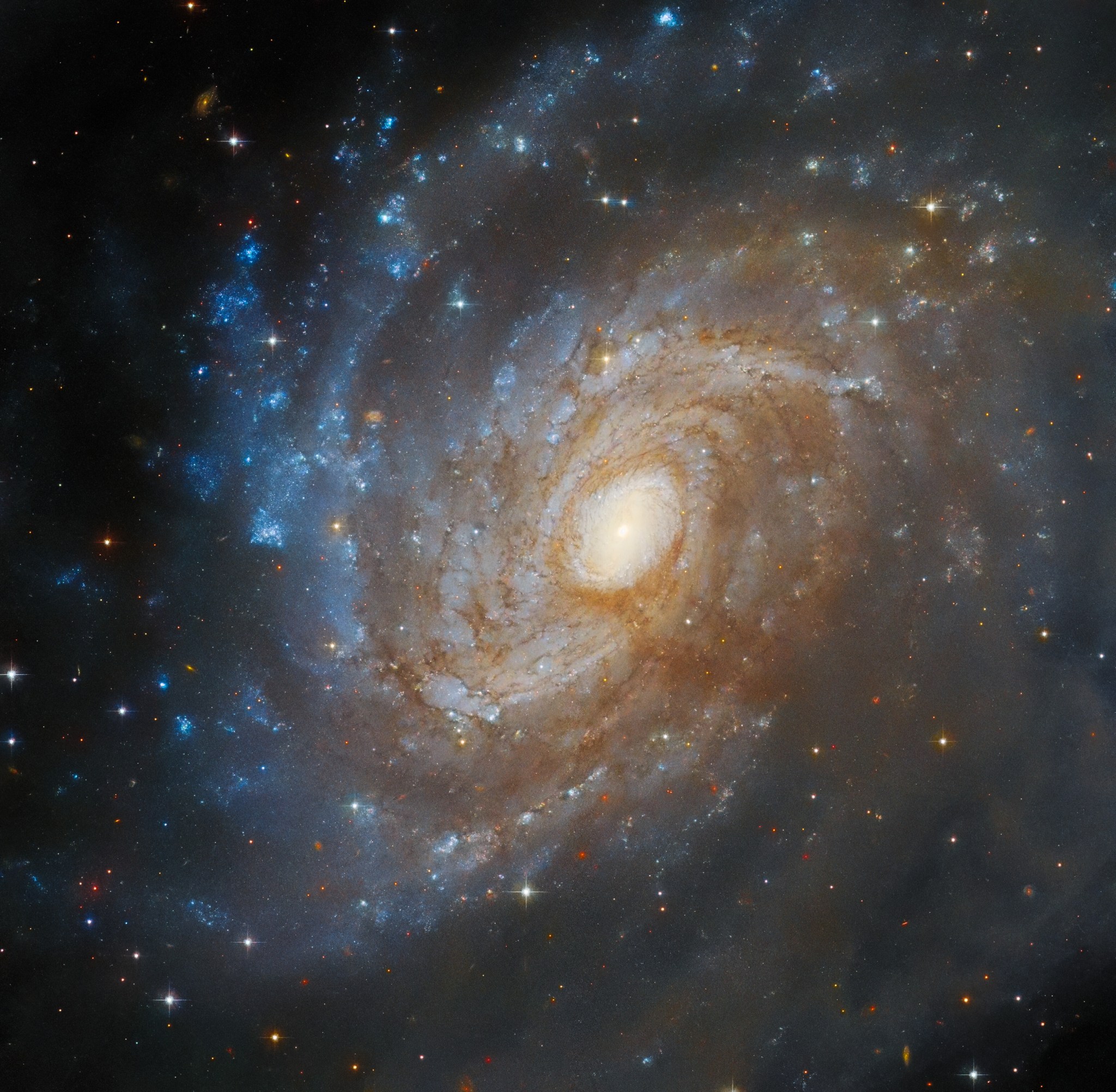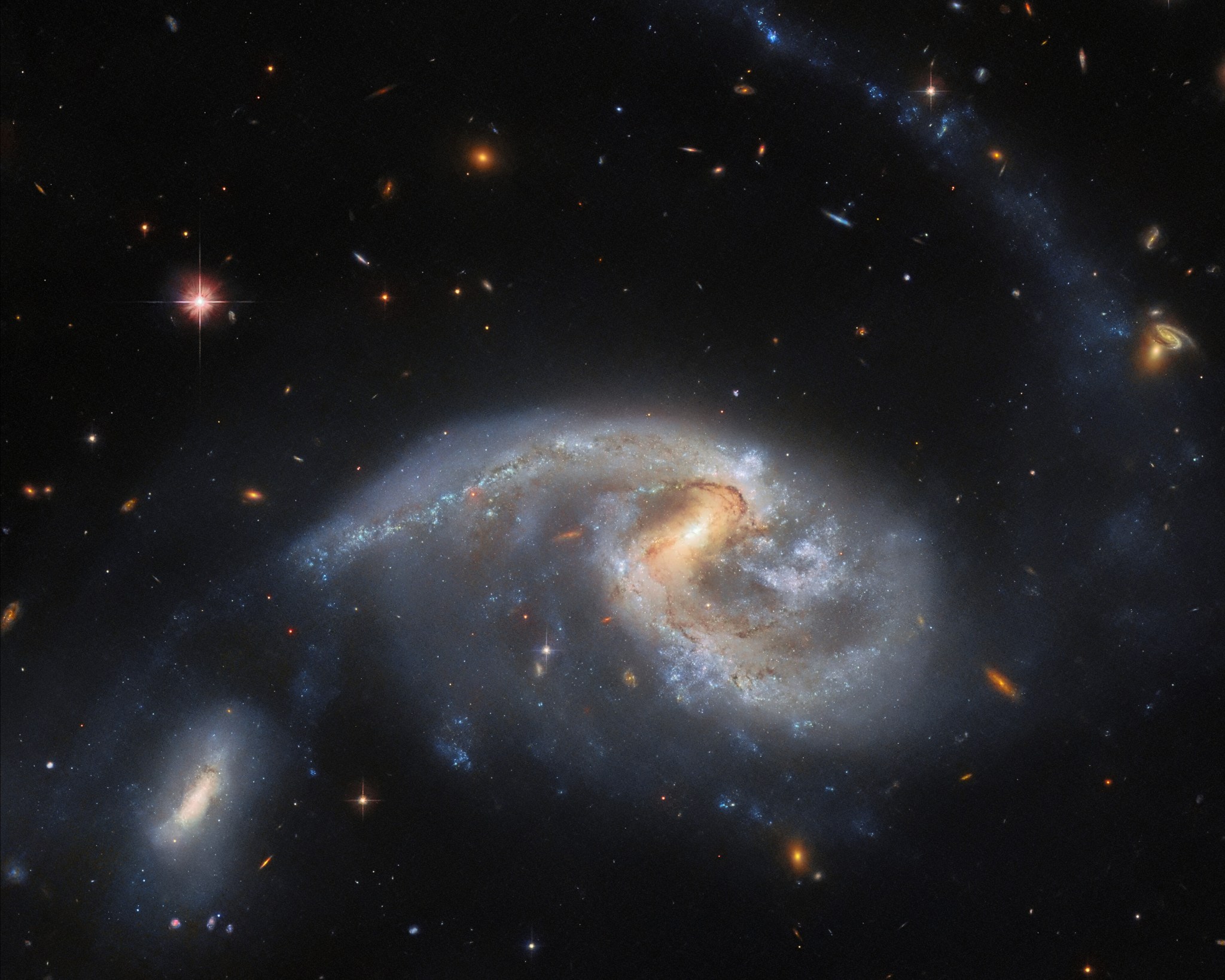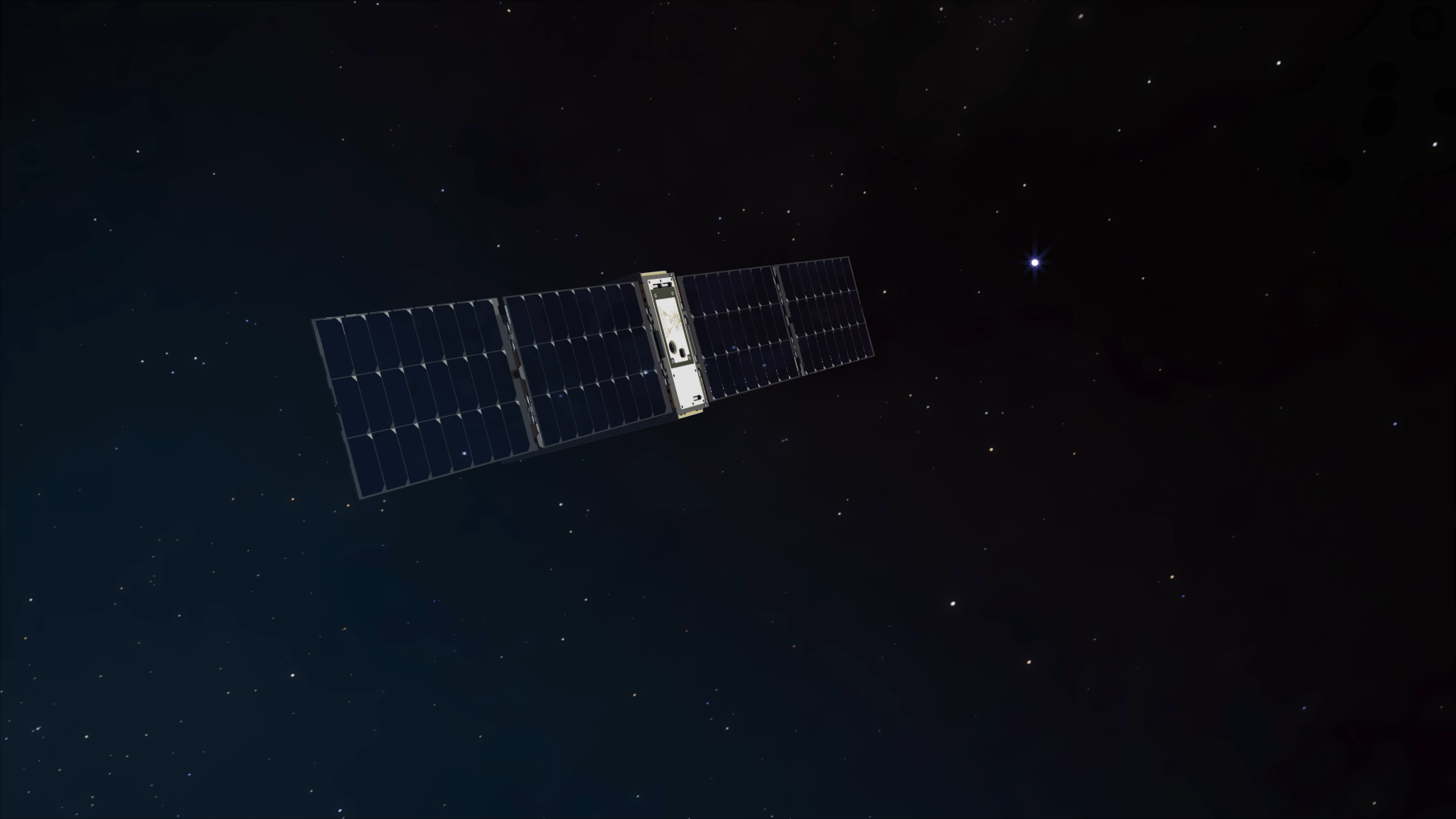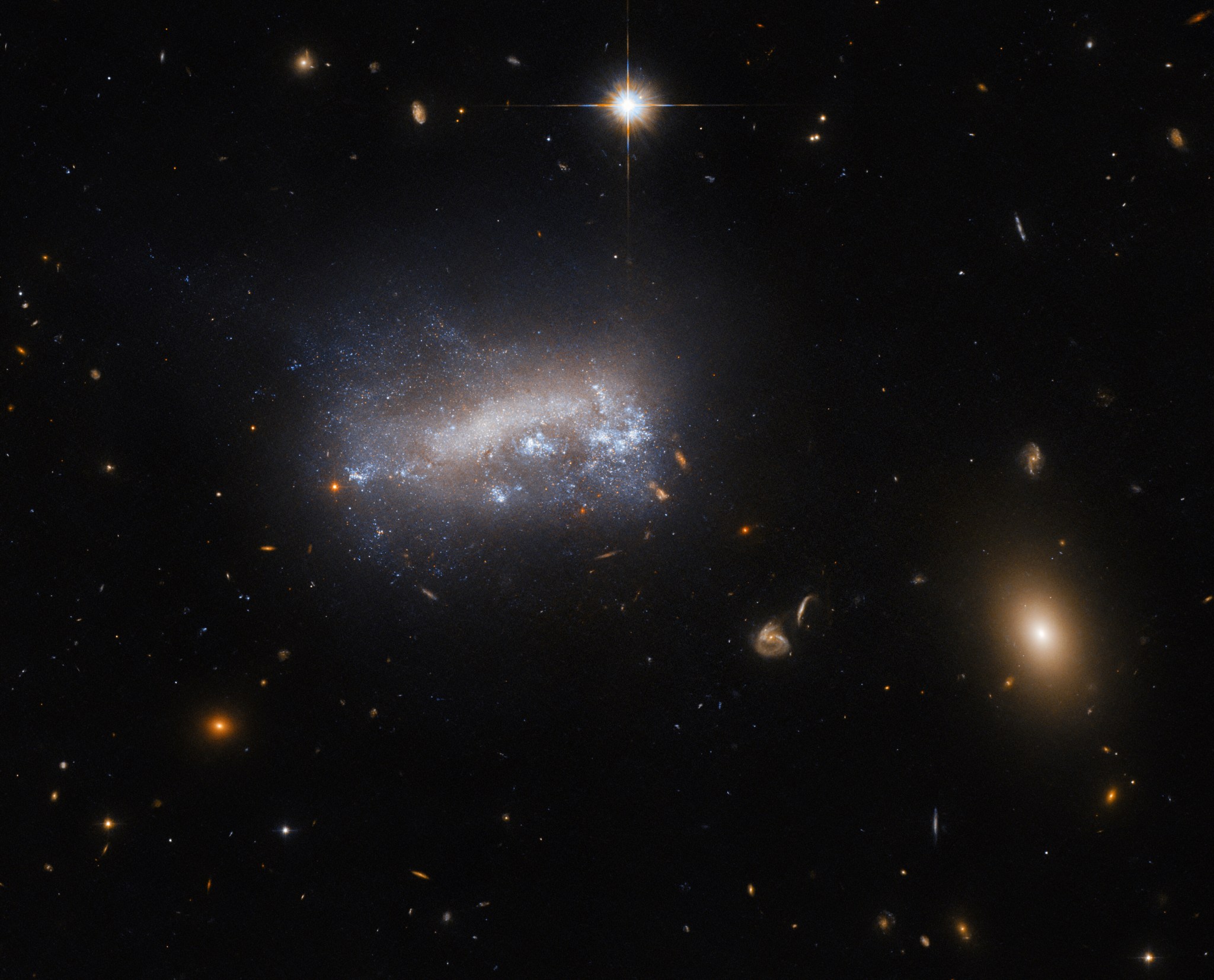2 min read Hubble Glimpses a Star-Forming Factory This image from the NASA/ESA Hubble Space Telescope highlights the spiral galaxy UGC 9684. The celestial object showcased in this image from the NASA/ESA Hubble Space Telescope is the spiral galaxy UGC 9684, which lies around 240 million light-years from Earth in the constellation Boötes. This image shows an impressive example of several classic galactic features, including a clear bar in the galaxy’s center, and a halo surrounding its disk. The data for this Hubble image came from a study of Type-II…
Read MoreTag: Astrophysics
Hubble Hunts Visible Light Sources of X-Rays
2 min read Hubble Hunts Visible Light Sources of X-Rays This NASA/ESA Hubble Space Telescope image features the dwarf galaxy IC 776. ESA/Hubble & NASA, M. Sun This NASA/ESA Hubble Space Telescope image features the dwarf galaxy IC 776. This swirling collection of new and old stars is located in the constellation Virgo, in the Virgo galaxy cluster, 100 million light-years from Earth. Although IC 776 is a dwarf galaxy, it’s also classified as a SAB-type or ‘weakly barred’ spiral. This highly detailed Hubble view demonstrates that complexity. IC 776…
Read MoreNASA Views of the Cosmos with the New and Improved AstroPix
2 min read NASA Views of the Cosmos with the New and Improved AstroPix NASA’s Universe of Learning has relaunched a wonderful resource for exploring the Universe: AstroPix! AstroPix website improvements and a new user-friendly search function provide enhanced access to a universe of imagery for use in the learning environment or simply for your own enjoyment and exploration. The site contains 10,000+ astronomy images from a variety of NASA missions and ground-based observatories that, together, offer a multiwavelength view of the cosmos. Image layouts provide visual access to titles,…
Read MoreNASA’s Hubble Pauses Science Due to Gyro Issue
2 min read NASA’s Hubble Pauses Science Due to Gyro Issue The Hubble Space Telescope as seen from the space shuttle Atlantis (STS-125) in May 2009, during the fifth and final servicing of the orbiting observatory. NASA NASA is working to resume science operations of the agency’s Hubble Space Telescope after it entered safe mode April 23 due to an ongoing gyroscope (gyro) issue. Hubble’s instruments are stable, and the telescope is in good health. The telescope automatically entered safe mode when one of its three gyroscopes gave faulty readings.…
Read MoreNASA’s TESS Returns to Science Operations
2 min read NASA’s TESS Returns to Science Operations NASA’s TESS (Transiting Exoplanet Survey Satellite) has returned to work after science observations were suspended on April 8, when the spacecraft entered into safe mode. All instruments are powered on and, following the successful download of previously collected science data stored in the mission’s recorder, are now making new science observations. Analysis of what triggered the satellite to enter safe mode is ongoing. The TESS mission is a NASA Astrophysics Explorer operated by MIT in Cambridge, Massachusetts. Launched in 2018, TESS…
Read MoreAstronauts To Patch Up NASA’s NICER Telescope
4 min read Astronauts To Patch Up NASA’s NICER Telescope NASA is planning to repair NICER (Neutron star Interior Composition Explorer), an X-ray telescope on the International Space Station, during a spacewalk later this year. It will be the fourth science observatory in orbit serviced by astronauts. In May 2023, scientists discovered that NICER had developed a “light leak.” Unwanted sunlight was entering the instrument and reaching the telescope’s sensitive detectors. While the team took immediate steps to mitigate the impact on observations, they also began thinking about a potential…
Read MoreHubble Spots a Galaxy Hidden in a Dark Cloud
2 min read Hubble Spots a Galaxy Hidden in a Dark Cloud This Hubble image features the spiral galaxy IC 4633. ESA/Hubble & NASA, J. Dalcanton, Dark Energy Survey/DOE/FNAL/DECam/CTIO/NOIRLab/NSF/AURA; Acknowledgement: L. Shatz The subject of this image taken with the NASA/ESA Hubble Space Telescope is the spiral galaxy IC 4633, located 100 million light-years away from us in the constellation Apus. IC 4633 is a galaxy rich in star-forming activity and also hosts an active galactic nucleus at its core. From our point of view, the galaxy is tilted mostly…
Read MoreHubble Peers at Pair of Closely Interacting Galaxies
2 min read Hubble Peers at Pair of Closely Interacting Galaxies This NASA/ESA Hubble Space Telescope image features Arp 72. ESA/Hubble & NASA, L. Galbany, J. Dalcanton, Dark Energy Survey/DOE/FNAL/DECam/CTIO/NOIRLab/NSF/AURA This image from the NASA/ESA Hubble Space Telescope features Arp 72, a very selective galaxy group that only includes two galaxies interacting due to gravity: NGC 5996 (the large spiral galaxy) and NGC 5994 (its smaller companion, in the lower left of the image). Both galaxies lie approximately 160 million light-years from Earth, and their cores are separated from each…
Read MoreNASA’s Tiny BurstCube Mission Launches to Study Cosmic Blasts
4 min read NASA’s Tiny BurstCube Mission Launches to Study Cosmic Blasts BurstCube, shown in this artist’s concept, will orbit Earth as it hunts for short gamma-ray bursts. NASA’s Goddard Space Flight Center Conceptual Image Lab NASA’s BurstCube, a shoebox-sized satellite designed to study the universe’s most powerful explosions, is on its way to the International Space Station. The spacecraft travels aboard SpaceX’s 30th Commercial Resupply Services mission, which lifted off at 4:55 p.m. EDT on Thursday, March 21, from Launch Complex 40 at Cape Canaveral Space Force Station in…
Read MoreHubble Views a Galaxy Under Pressure
2 min read Hubble Views a Galaxy Under Pressure This NASA/ESA Hubble Space Telescope image shows dwarf galaxy, LEDA 42160. ESA/Hubble & NASA, M. Sun This NASA/ESA Hubble Space Telescope image shows LEDA 42160, a galaxy about 52 million light-years from Earth in the constellation Virgo. The dwarf galaxy is one of many forcing its way through the comparatively dense gas in the massive Virgo cluster of galaxies. The pressure exerted by this intergalactic gas, known as ram pressure, has dramatic effects on star formation in LEDA 42160. The gas…
Read More
